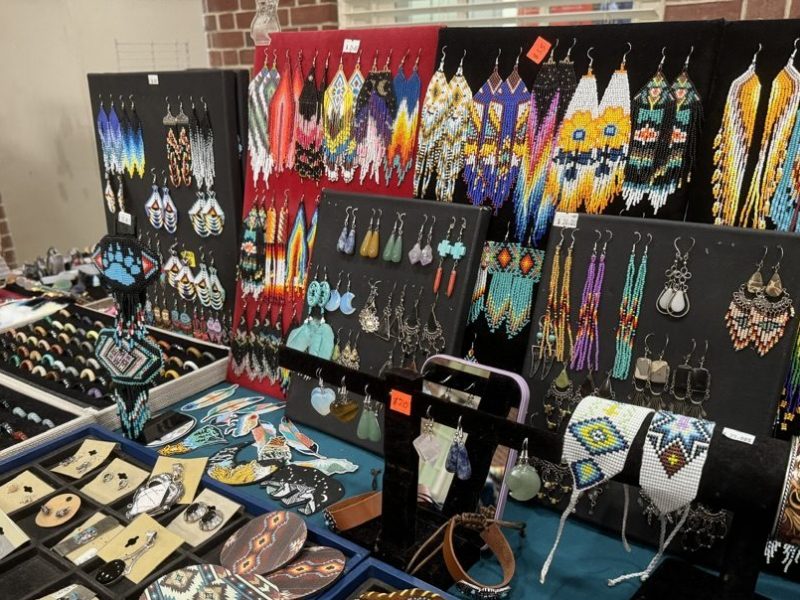
The Student Involvement Suite in Stamp Student Union
The Student Involvement Suite, which houses about 50 offices in Stamp Student Union for student groups, will undergo major renovations starting in May to accommodate the more than 800 recognized groups on the campus.
As the construction begins, some student organizations will be displaced temporarily from occupying the suite. The renovations are set to take place after the spring graduation and will not conclude until spring 2016, Stamp Director Marsha Guenzler-Stevens said.
Guenzler-Stevens said her office created a task force and focus groups, working with student organizations to help identify their needs regarding the space.
“What students said they really wanted was places to meet, places to gather, places to be in company with other students and other student groups, opportunities to showcase who they are to potential student members,” she said, “and opportunities for students … wanting to get involved to be able to find and access information.”
With the help of project architect Anthony Frazier, interior designer Vy Horwood, and project coordinator Cornell Jones, Guenzler-Stevens reviewed the plans for renovations with leaders of student organizations and administrative faculty yesterday.
The renovation will include creating spaces for student organizations to congregate, with open office space, conference rooms, computer labs and seating and work areas. Student groups will have access to printers, copy machines, computer software, plasma screens and lockers.
Student organizations will be able to reserve the space for short or long periods of time at the Student Organization Resource Center desk, which Guenzler-Stevens said is one of its major draws. The desk will be staffed anytime Stamp is open.
Guenzler-Stevens said additional storage for student groups will be available in a hallway on the second floor of Stamp, a separate project that is expected to be completed in March. Student organizations will be allocated to this space based on an application process.
Senior Russian and Spanish major Teressa Ferraro, who is the president of the Satanic Mechanic Theatre Company, said her organization can use the storage for props and costumes.
“Our props are currently living in one of my housemates’ vans, and there are some costumes under my bed because we don’t have enough space,” she said. “We’re really looking forward to being able to use the new storage space. That’s going to be huge for us.”
Guenzler-Stevens’ office concluded from surveys that most student groups use the office space mainly for storage. But Nandi McCammon, president of the Caribbean Students Association, said this is not always the case.
“It’s our home away from home,” the senior family science major said of the group’s office in the suite.
McCammon said this physical space can give new members a place to go for information or to get to know the executive board members and that it attracts more students to want to become members. It also opens the door to former members because without the office, she said, people looking for the organization would not be able to find it.
“Say I come back in 10 years; I’m not sure how I would get in contact with a physical person from the Caribbean Student Association because we won’t have an office space,” McCammon said.
But Guenzler-Stevens said the renovated space will be more inviting, and she has heard from other students that approaching the current offices can be intimidating. To encourage student involvement, she said, the updated space will host a kiosk at the entrance so students can get student organization information.
“I’m just excited for the other groups who don’t have space to have the opportunity to get facilities in the future, and to have meeting spaces and storage spaces,” said junior computer science and economics major Cameron Malagar, treasurer of the Filipino Cultural Association.
“We also want it to look very different than anywhere else in the building, to be almost the showpiece of the building,” Guenzler-Stevens said, “to say, ‘Who’s our primary stakeholders here? Students,’ and ‘What do we benefit from? Students’ leadership and students’ engagement.’”



